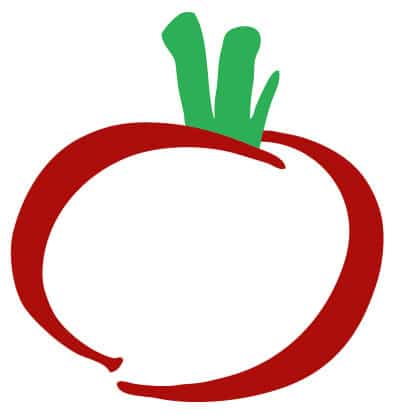Fowers Fruit Ranch Provides Cherries for Cherry Nut Muffin
Don’t you just love the smell of freshly baked muffins, bread, and focaccia’s when you gaze around deciding what to eat? You might smell the freshly baked cherry-walnut duo, “Cherry Nut Muffin” available until the 10th at Souplantation and Sweet Tomatoes restaurants.
Cherries used in the recipe for the Cherry Nut Muffin, come from Fowers Fruit Ranch in Genola, UT. The family orchard business began in 1969 with 30 acres and now four generations later, they have developed real roots in their community with 400 acres of orchards. Apples, peaches, pears, nectarines, plums, sweet cherries, and tart cherries are the wide range of fruit grown at Fowers Fruit Ranch, LC. John Dickey, the ranch’s Product Control Manager, provides insights on how cherries are grown, harvested, and shipped. John has been with the ranch for seven years. John’s sister, Sherryl, and brother-in-law, Lynn Fowers own the ranch.
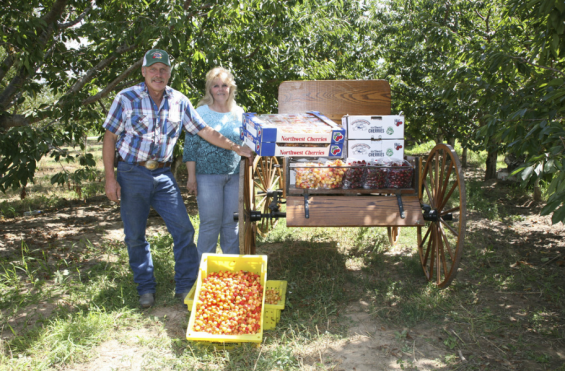
John Baird, Lynn’s Grandpa was the first generation to start growing cherries on the Orem bench. Lynn’s father, Joe, farmed alongside his dad and acquired more acreage in Orem. Lynn took it on where they eventually moved to Santaquin/Genola area, a more rural area in southern Utah County. Lynn, his son, Jerry, and daughter, Tami, are now growing fruit in Genola and on the shores of Utah Lake.
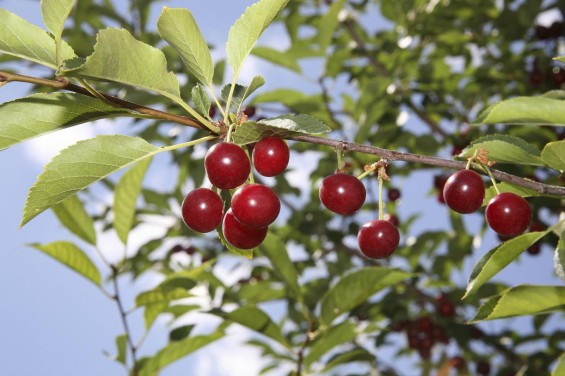
“The Montmorency cherries are the standard in the industry. Lots of people grow it and expect it if you’re selling to bakeries,” says John. These tart cherries are best known as a key ingredient in desserts such as the cherry pie. Montmorency cherries take ten years until they fully produce. Water is sourced through canals from the snow packed mountains. Timers are set using a pressurized system when watering the orchards. In April, cherries start to grow. 180 acres of the 400 acre ranch are Montmorency cherries with each acre having 200 trees.
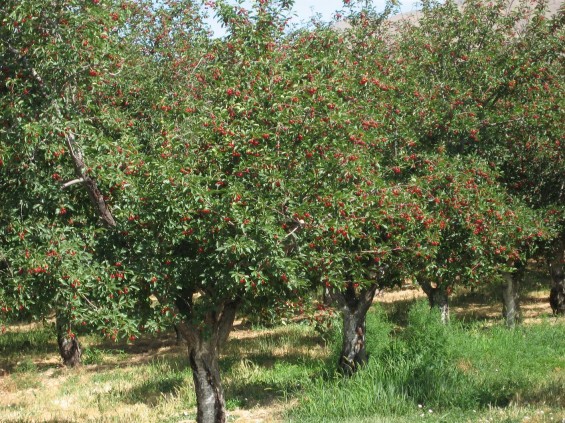
In a season, 1.25 million pounds of Montmorency cherries are harvested. Harvest typically begins the first week of July and end in July. The cherry trees are planted 15 feet apart and during the second to fourth year they are hand-picked until the trees are big enough to tolerate the harvest “shaking.” This shaking lets the cherries fall underneath onto a conveyor that puts them into a bin of water. Any branches or leaves are removed from the bins.
Tractors pick up the bin and drive it to the close by plant in Genola. Cooling the cherries in cold water to 45 degrees F helps firm the cherries for pitting. Once cold enough, they are put into a tank to de-stem. Then, they go on a conveyor where sorters remove extraneous material, including any remaining stems, and cherries that are not deemed to be of the right color are also removed.
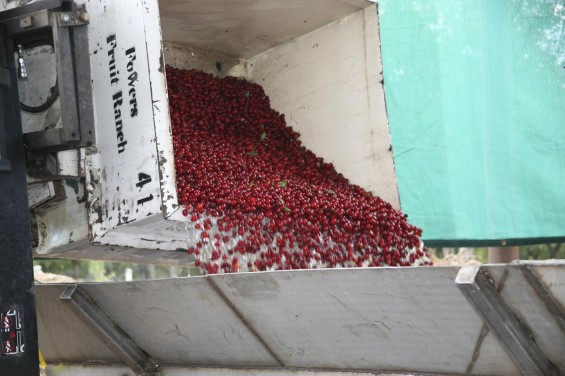
“The cherries are dropped into pitters, where they move three strokes a second, 52 cherries pitted at a time,” says John. They are sorted again looking for any pits not completely out of the cherry. Next, they go to the filler area. 25 pounds of cherries go into a bucket and slid to the sugar filler. Five pounds of sugar is placed on top. The “sugar cap” helps as a seal to keep cherries from oxidizing. After the machine attaches the lids and labels are placed, 80 30-lb. buckets are placed on a clean palette into the cooler to deep freeze at -10 degrees F until sold. During shipping, the cherries are held at that sub-freezing temperature to ensure freshness.
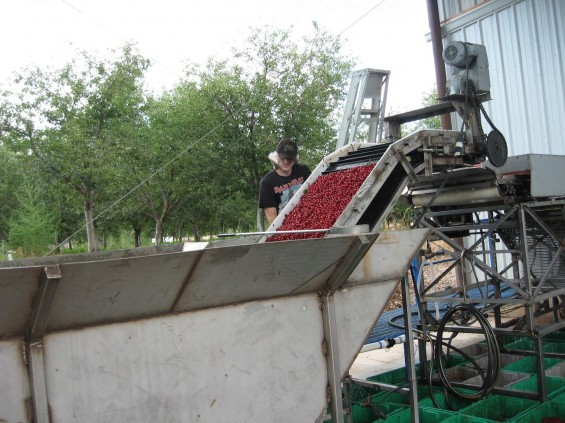
About Fowers Fruit Ranch
Fowers Fruit Ranch was one of the first growers to pioneer growing fruit on the Provo bench in Orem, Utah. We later established roots in Genola, Santaquin and the shores of Utah Lake. Fowers Fruit Ranch has been growing, packing and shipping fruit for many generations. We are fully committed to work in harmony with Mother Nature to provide you and your family with a high quality, excellent healthy treat! www.fowers-fruit-ranch.com
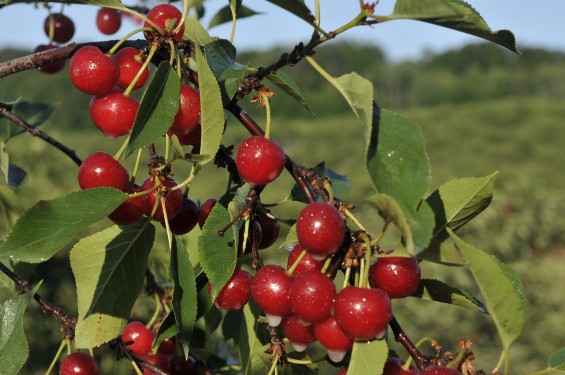
To learn more about Montmorency cherries, www.choosecherries.com features information on health and nutrition benefits, tart cherries 101, and videos by the Cherry Marketing Institute.
You’ll also find an expansive variety of exquisite recipes that include appetizers, entrees, salads, beverages, and more! Tart Cherry, Dark Chocolate & Cashew Granola bars, Grilled Lamb Chops with Tart Cherry Sauce, Butternut Squash & Tart Cherry Salad, and Braided Tart Cherry & Chocolate Danish Pastries are just some of the fun idea recipes you can make with Montmorency cherries.
To see a video of a cherry farm, visit: www.choosecherries.com/tart-cherries-101/
